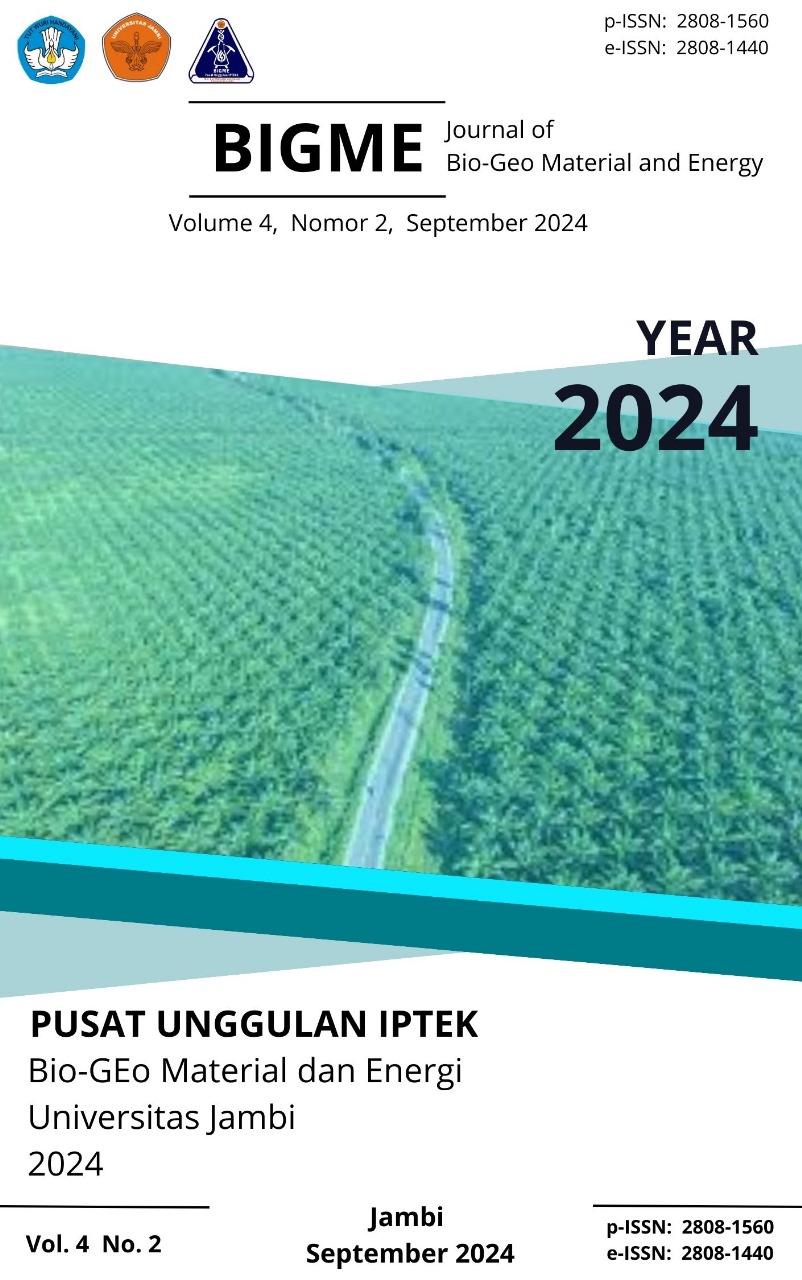Production and Evaluation of Instant Breakfast Cereals Using Whole Corn, Millet, Sorghum and Rice
Instant Breakfast Cereals
DOI:
https://doi.org/10.22437/jbigme.v4i2.34009Abstract
This research investigated the production and evaluation of instant breakfast cereals from blends of whole corn, millet, sorghum and rice. Commercial Quaker oat was used as control. Two pre-cooking methods were adopted viz: steaming at 104 oC for 55 minutes and toasting at 250 oC for 55 minutes. The grains were milled into individual grits prior to formulation. A total of sixteen samples were formulated, eight were steamed (100:0 = SC, SM, SR, SS; 50:50 = SCR, SCM, SCS; 25:25:25:25= SBG), and the other eight were toasted (100:0 = TC, TM, TR, TS, and 50:50 = TCR, TCM, TCS; 25:25:25:25 = TBG). The samples were assessed for their functional properties, reconstitution time, solubility and sensory attributes. The result of the functional properties revealed the following: pH (5.15 to 6.60), bulk density (0.43 to 3.55 g/ml), oil absorption capacity (0.24 to 3.02 %), water absorption capacity (1.13 to 188.5 g/g), gelation temperature (50.95 to 124 oC), wettability (15.60 to 80.20 seconds), and emulsion capacity (15.15 to 35.15%). The reconstitution time and solubility test values ranged from 20.6 to 49.4 s and 2.20 to 17.55% respectively. The appearance, consistency, aroma, taste, mouth feel and overall acceptability of the breakfast cereals differ significantly (p<0.05) when assessed for their sensory attributes. Samples developed from toasted 25% corn + 25% rice + 25% millet + 25% sorghum was best accepted and preferred. Conclusively, acceptable instant breakfast cereals with improved nutrition could be developed from blends of whole corn, millet, sorghum and rice.
Downloads
Downloads
Published
How to Cite
Issue
Section
License
Copyright (c) 2024 Chidiebere Okakpu, Mrs Kasie Okakpu, UC Ebere, Mr. Favour Ukpai, OO Onyenweaku, Ndife

This work is licensed under a Creative Commons Attribution 4.0 International License.














